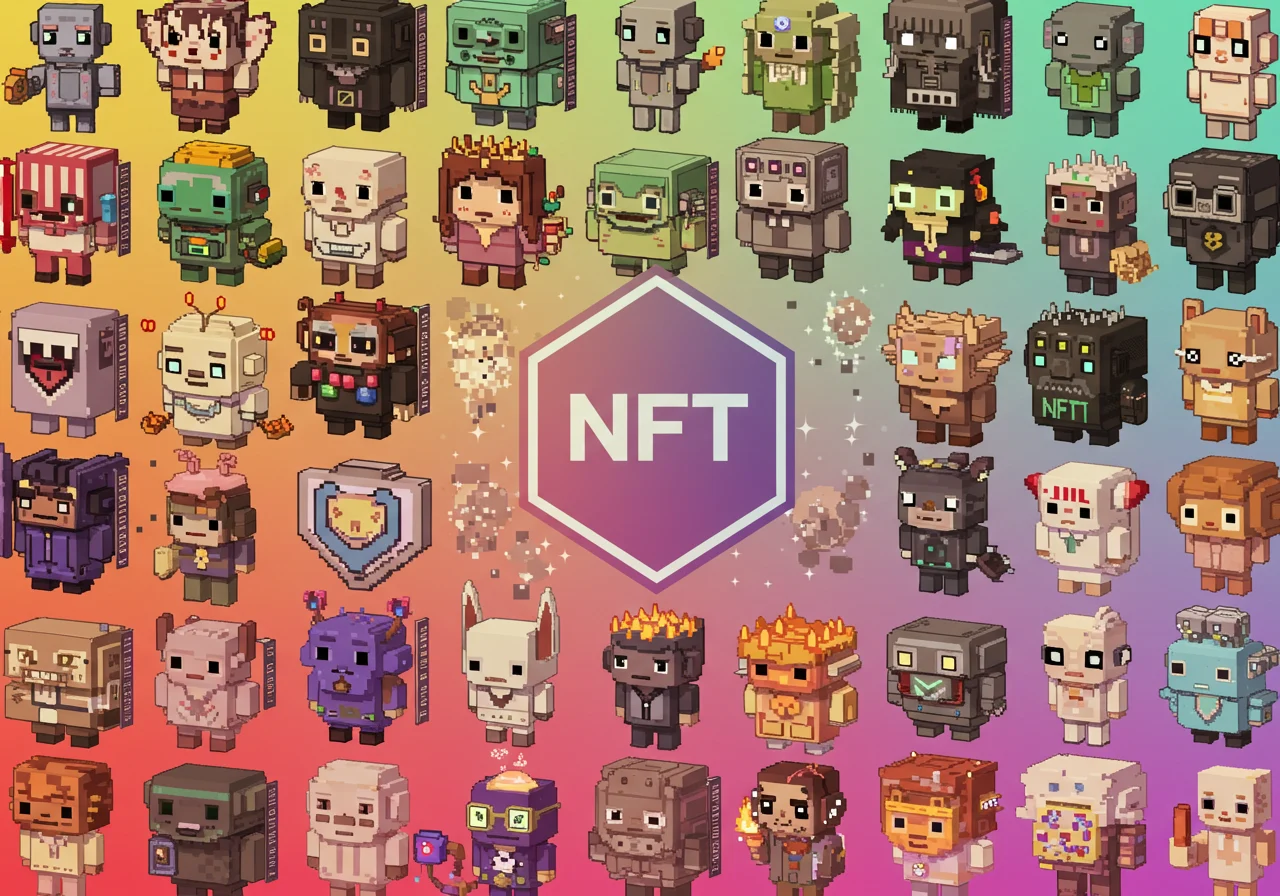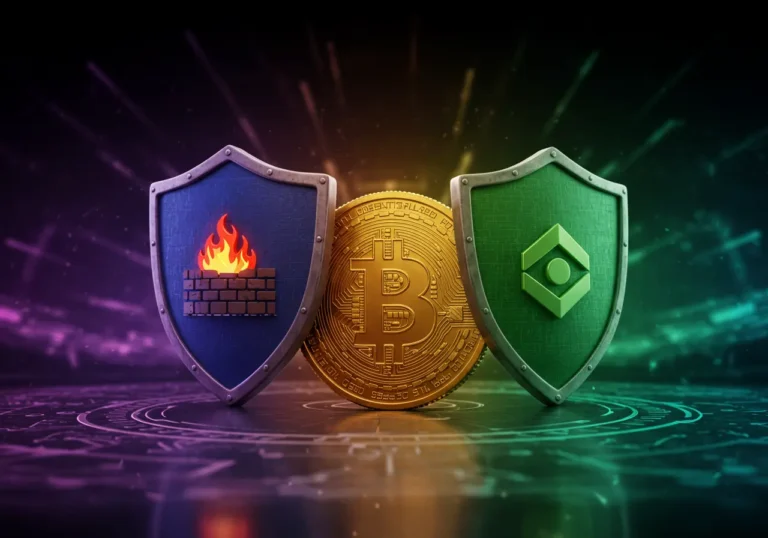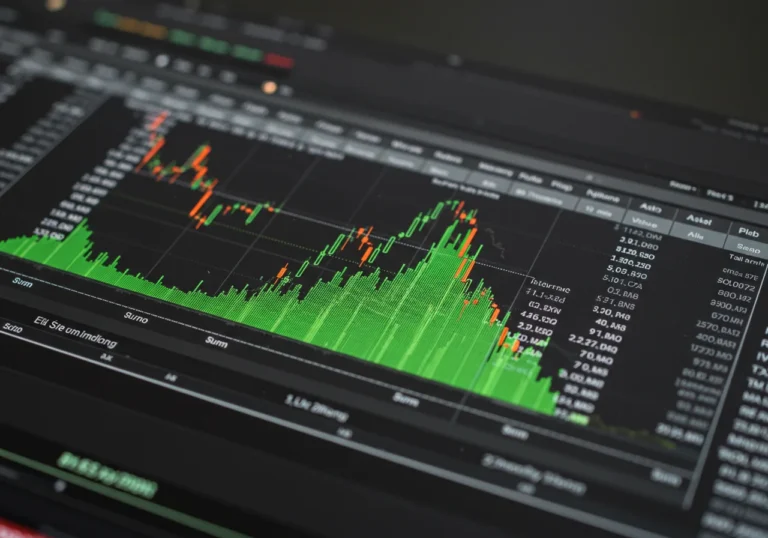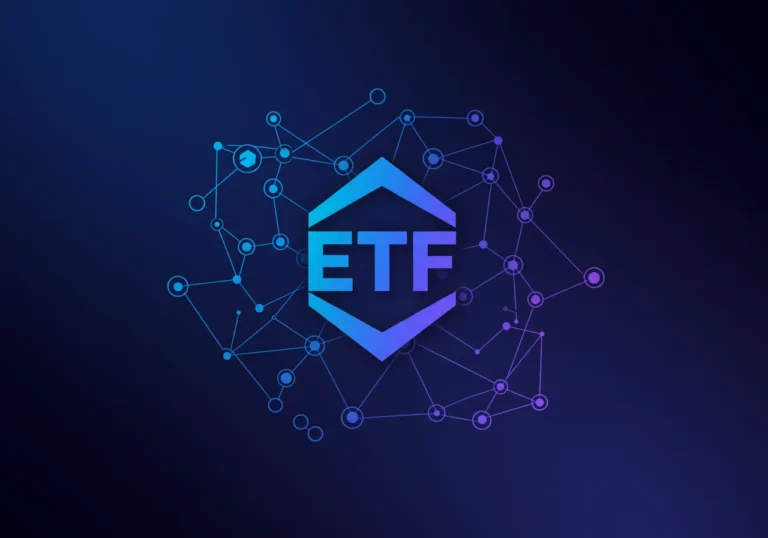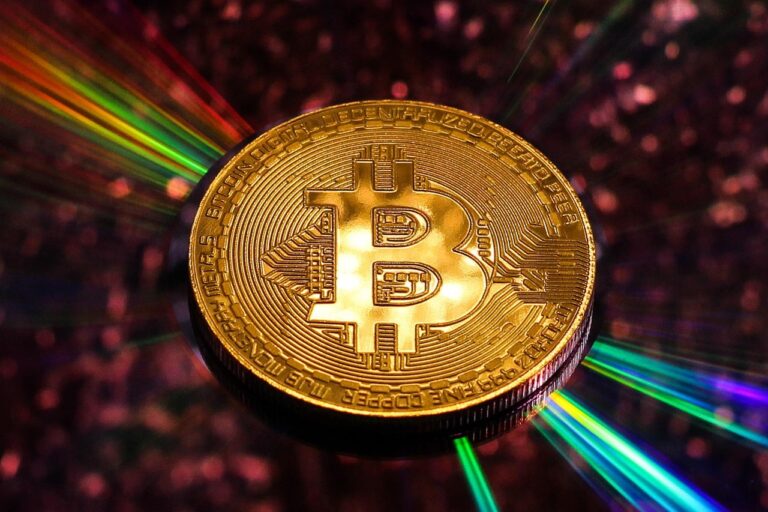How to Spot a Fake NFT Project Before Buying
Fake NFT Project is the label for any collection built to mislead buyers — from outright scams that steal money to sloppy projects that misrepresent what they are selling. That second paragraph lets you know right away what we will talk about.
Why checking matters and what scammers want
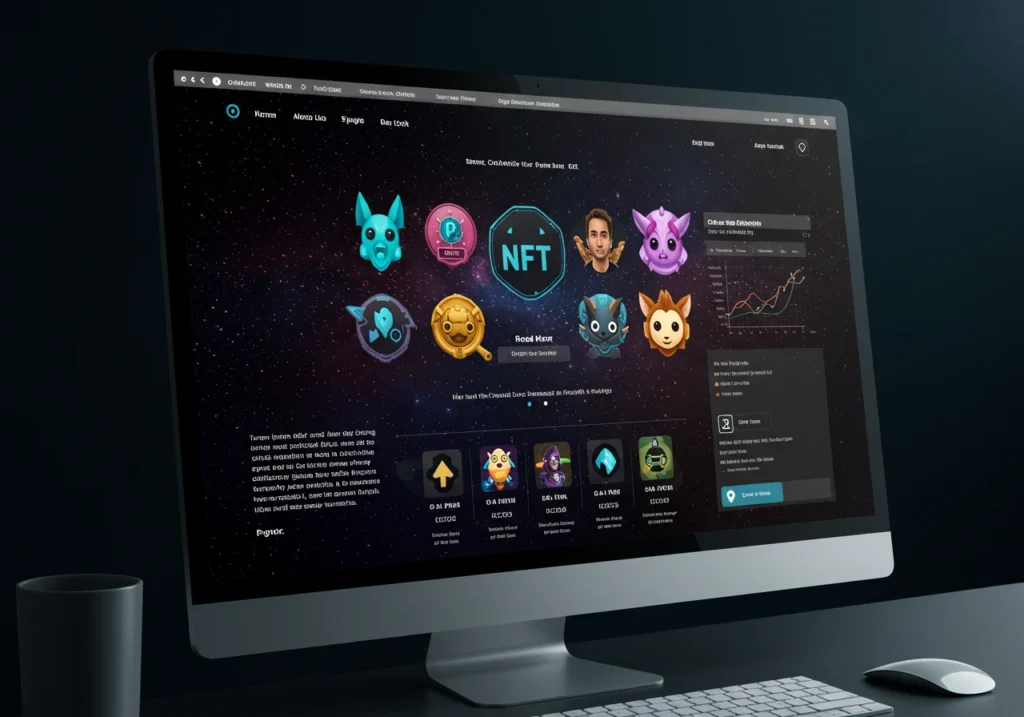
Scammers want three things: your money, your attention, and your trust. They create believable websites, copied social accounts, and attractive art to lure readers. Sometimes the art is real but the team promises features they never deliver. Other times the whole token is a fake copy of a popular collection with a different contract address. Knowing the common red flags in NFT projects helps you spot trouble early.
When you look carefully, you see facts. Who deployed the contract? Is the contract verified? Who holds the largest shares? Does the team have a track record? These questions separate a real project from a risky one.
Quick view of common signs of fake NFTs
- No verified contract code or a contract address that doesn’t match the official site.
- Anonymous team with no track record or fake IDs.
- Promises that sound too good to be true (guaranteed returns, instant profits).
- Huge token concentration in a few wallets.
- Social channels with bots, fake followers, or copy-paste content.
Start with the basics: official links and contract addresses
Always get the contract address from official places. The project website should show the contract address clearly. The same address should be pinned on the project’s verified social accounts.
- Copy the contract address from the official site — not from a random tweet.
- Paste it into a blockchain scanner (like Etherscan, BscScan, or a chain-specific explorer).
- Check whether the contract is verified and whether the source code matches what the team claims.
If you find a mismatch — for example the website shows one address and the explorer shows another — pause. That mismatch is a clear sign of fake NFTs or a malicious redirect.
Read the contract (the short version) and check token distribution
You don’t need to be a coder. Scanners show basic facts: total supply, token holders, and notable functions. Look for these simple things:
- Is the contract verified? A verified contract increases transparency.
- Who are the top holders? If a few wallets own most of the collection, there’s a risk they can dump.
- Are there functions that allow the owner to mint new tokens or freeze transfers? Those functions can be abused.
These are concrete ways of identifying fraudulent NFTs before they touch your wallet.
Check the team, road map, and community
A great project usually has a visible, reachable team and a history of action.
- Are team members real people with links to past projects or public profiles?
- Does the road map have clear, realistic milestones and dates? Projects that promise hundreds of features in a week are suspect.
- Is the community active but healthy? Spammy Discords and Telegrams full of bot messages are warning signs.
Spend 10 minutes reading the project’s Discord and Twitter. If conversations are shallow, or moderators shut down any critical questions, that is a red flag.
Social proof: how to evaluate followers and engagement
High follower counts look impressive but can be bought. Instead of raw numbers, look at engagement and timing:
- Do comments look real and varied, or are they repeated copy-paste messages?
- Did many accounts follow the project at once? Sudden spikes can mean purchased followers.
- Are influencers promoting the project? If so, check whether they received paid promos or if their posts are clearly marked as sponsored.
Genuine communities show real conversation, questions, and occasionally skepticism.
Liquidity, marketplaces, and where the token trades
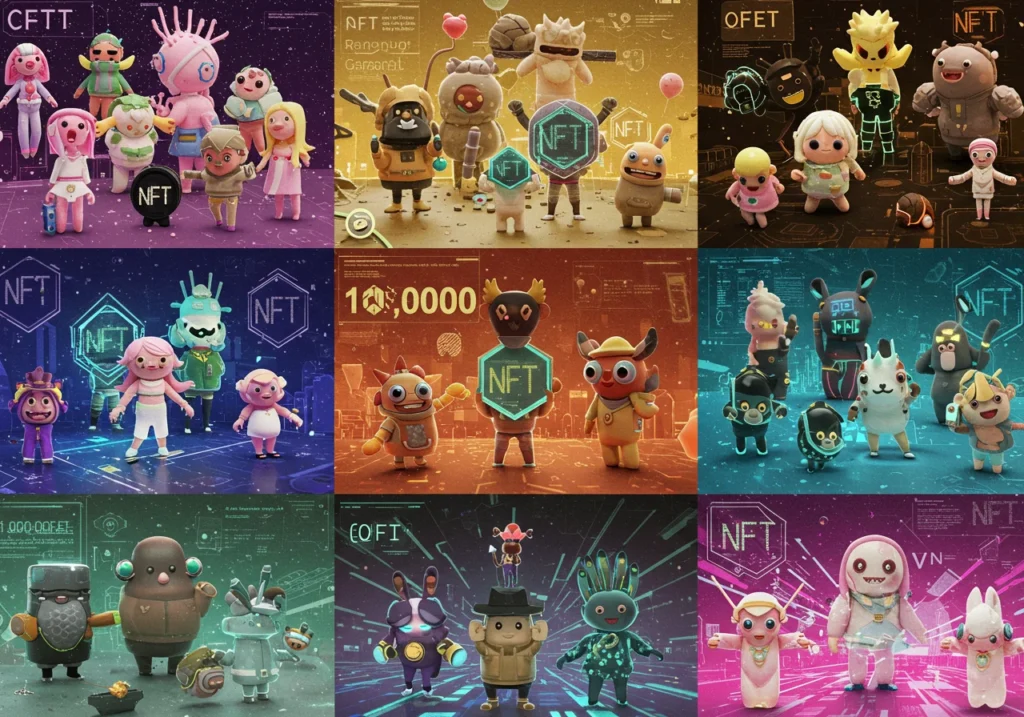
If a project claims it will be listed on major marketplaces, confirm the listings first. Some scammers create fake marketplace pages to simulate trades.
- Is there real liquidity or just a small pool the devs control? Owned liquidity can be removed suddenly.
- Do trades happen at realistic prices? If the floor price jumps abnormally with tiny volume, watch out for wash trading.
- Are marketplace links to reputable platforms? A good sign is listings on established marketplaces or well-known NFT platforms.
Knowing where the token genuinely trades helps you avoid being fooled by fake screenshots.
Watch for common red flags in NFT projects
Here are specific red flags in NFT projects to spot quickly:
- Promise of guaranteed profit or buybacks. Legitimate projects don’t promise guaranteed returns.
- Anonymous or changing contract owners. If the contract ownership is hidden or transferred often, be cautious.
- No public audit or code review for complex utilities. If the project offers tokenomics or on-chain games, audits are important.
- Short or broken links on the website, and poor design/basic copy errors across pages. These clues often point to rushed or scam projects.
- Aggressive marketing with pressure to buy now — scarcity is real in NFTs, but pushy sales tactics can be manipulation.
Do your own small tests before committing money
Before you buy a big piece, try small checks:
- Buy one low-value mint and observe how the process works.
- Test wallet connection safety: only connect with a wallet you can afford to lose something from, and disconnect after use.
- Revoke approvals to smart contracts you no longer use. Use widely trusted tools to view and revoke permissions.
These tiny experiments teach you without risking much.
Simple steps to avoid scams in NFTs day-to-day
- Bookmark official links and use them every time.
- Keep only small amounts of funds on hot wallets and use cold storage for the rest.
- Save screenshots and transaction IDs if something looks off — they’re helpful for reporting.
- If someone offers an “insider” private mint, verify it through multiple official channels.
Following these habits reduces risk and gives you confidence when you do invest
Conclusion — small checks, big difference
Spotting a Fake NFT Project boils down to slowing down and checking a few clear facts. Start with the contract address, check token holders, read the tone of the community, and verify marketplace listings. Most scams fall apart under this kind of light. A small pause and five minutes of research can save you money and heartache. Little by little, these habits make buying NFTs a safer, more enjoyable activity.
Quick takeaways
- Always get the contract address from official sources and verify it on a blockchain scanner.
- Look for signs of fake NFTs: unverified contracts, anonymous teams, and risky owner powers.
- Watch for red flags in NFT projects like promised guaranteed profits, concentrated token holders, and bot-filled communities.
- Use small test transactions and revoke approvals when possible.
- Check liquidity and marketplace listings before buying.
- Keep most funds in cold storage and only use hot wallets for small trades.
- When in doubt, step back and ask the community or an experienced collector for a second opinion.
Frequently Asked Questions
Q: How can I tell if an NFT contract is verified?
A: Paste the contract address into a blockchain explorer (e.g., Etherscan). A verified contract shows its source code and often a green badge or “Verified” status.
Q: Are anonymous teams always scams?
A: Not always. Some artists prefer privacy. But anonymous teams increase risk because there’s less accountability. If the team is anonymous, look for strong community governance, clear road maps, and independent audits.
Q: What is wash trading and why does it matter?
A: Wash trading is when the same person or coordinated actors trade with themselves to fake volume. It can make a project look more popular than it is and mislead buyers about price strength.
Q: Should I trust influencer endorsements?
A: Treat them cautiously. Influencers may be paid to promote projects. Check if the influencer discloses sponsorship and verify the project independently.
Q: What is the first thing I should check before buying an NFT?
A: Confirm the contract address from official channels and then verify it on a trusted blockchain scanner.
Table of Contents

Hello, I’m Edmilson Dias, founder of CoinBringer. I created this platform to guide people through the fast-moving world of cryptocurrency with clarity and safety. With years of research in blockchain and digital security, my goal is to translate complex topics into practical knowledge, offering reliable tutorials, safety insights, and guidance for both newcomers and experienced users.
Discover more from CoinBringer
Subscribe to get the latest posts sent to your email.

